XRP back on Coinbase!!!
Understanding XRP: The Digital Asset of Ripple
XRP, the digital asset created by Ripple Labs, stands as one of the most notable cryptocurrencies in the digital finance world. Unlike Bitcoin or Ethereum, which are primarily decentralized in nature, XRP is designed to serve the financial services industry, aiming to streamline cross-border payments and enhance liquidity.
The Origins of XRP
Ripple Labs launched XRP in 2012 with the goal of improving global financial transactions. While Bitcoin was designed to be a decentralized digital currency free from central control, XRP was created to work within the existing banking infrastructure. This design reflects Ripple's focus on bridging the gap between traditional financial systems and the burgeoning world of blockchain technology.
How XRP Works
At its core, XRP is a digital payment protocol more than just a cryptocurrency. The RippleNet network, which uses XRP, allows for instant, low-cost international payments. Unlike Bitcoin's proof-of-work mechanism, which requires vast amounts of computational power, XRP transactions are validated through a consensus protocol, where a network of independent validators reaches an agreement on the order and validity of XRP transactions. This method allows XRP to be both faster and more energy-efficient than many of its counterparts.
XRP’s Role in Cross-Border Payments
One of the primary use cases for XRP is in facilitating cross-border transactions. Traditional methods of sending money internationally are often slow, costly, and inefficient, involving multiple intermediaries and days of processing time. RippleNet, using XRP, significantly reduces this complexity. Transactions can be settled in seconds with minimal fees, making it an attractive option for banks and financial institutions looking to modernize their payment systems.
Partnerships and Adoption
Ripple has secured partnerships with numerous financial institutions worldwide. These collaborations have been pivotal in demonstrating the practical applications of XRP. Major banks and payment providers, including Santander, American Express, and SBI Holdings, have tested or adopted Ripple's technology, showing confidence in its ability to transform cross-border payments.
Regulatory Challenges
Despite its technological advantages, XRP has faced significant regulatory challenges. In December 2020, the U.S. Securities and Exchange Commission (SEC) filed a lawsuit against Ripple Labs, alleging that XRP was an unregistered security. This legal battle has created uncertainty around XRP's future, impacting its market value and adoption. However, Ripple has consistently defended its position, arguing that XRP should be classified as a digital currency like Bitcoin or Ethereum.
Market Performance
XRP has had a volatile market performance, characteristic of most cryptocurrencies. It has experienced significant price fluctuations, influenced by broader market trends, regulatory news, and developments within Ripple Labs. Despite the volatility, XRP remains one of the top cryptocurrencies by market capitalization, reflecting its strong presence in the crypto space.
The Future of XRP
The future of XRP hinges on multiple
[link] [comments]

You can get bonuses upto $100 FREE BONUS when you:
💰 Install these recommended apps:
💲 SocialGood - 100% Crypto Back on Everyday Shopping
💲 xPortal - The DeFi For The Next Billion
💲 CryptoTab Browser - Lightweight, fast, and ready to mine!
💰 Register on these recommended exchanges:
🟡 Binance🟡 Bitfinex🟡 Bitmart🟡 Bittrex🟡 Bitget
🟡 CoinEx🟡 Crypto.com🟡 Gate.io🟡 Huobi🟡 Kucoin.





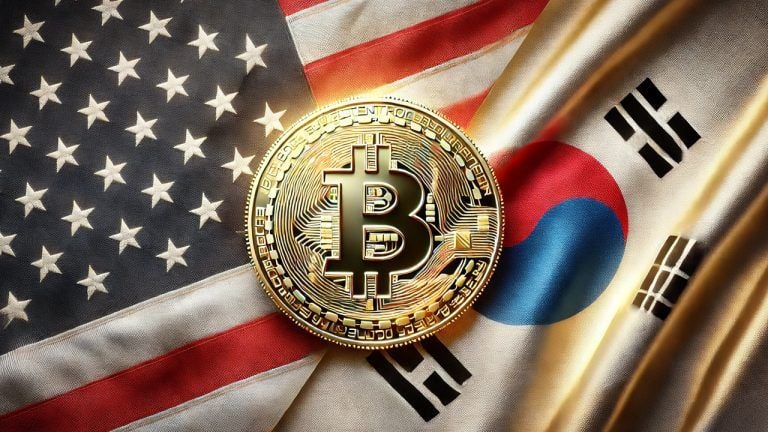

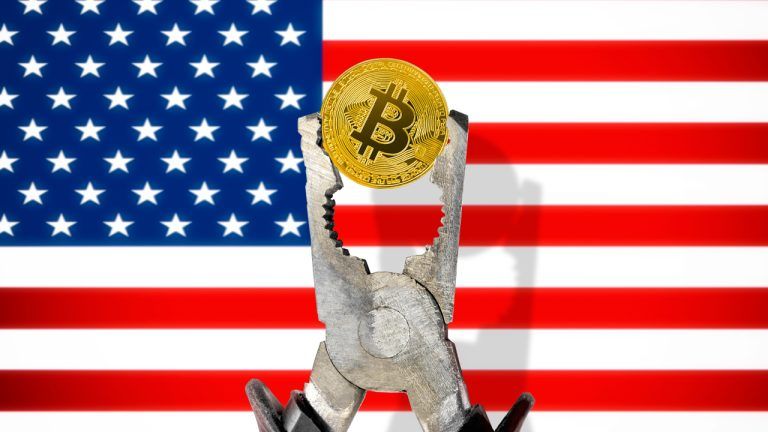


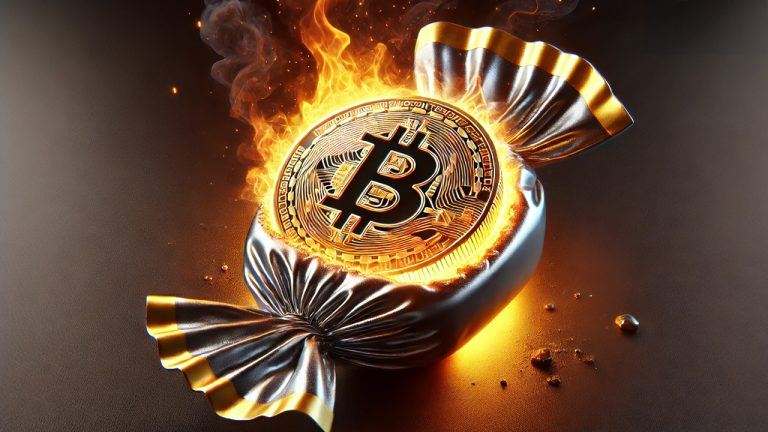
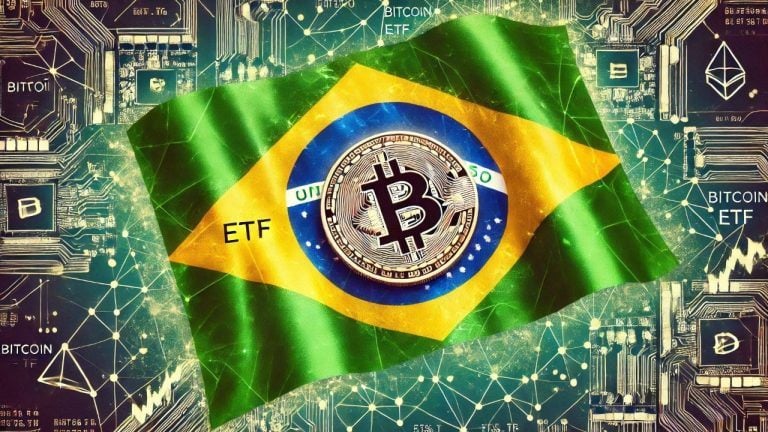



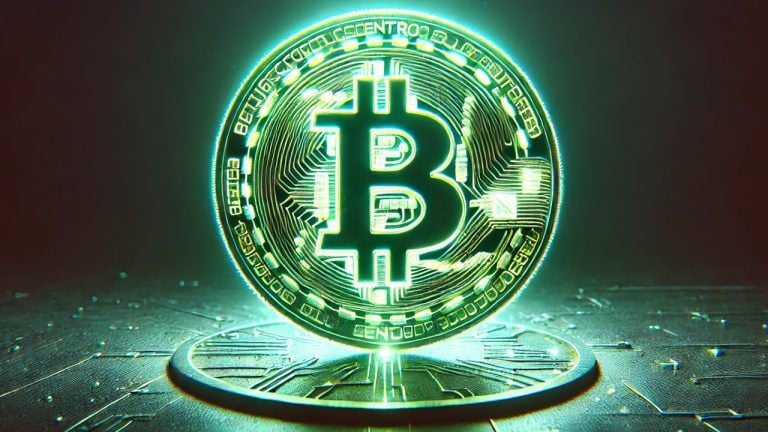


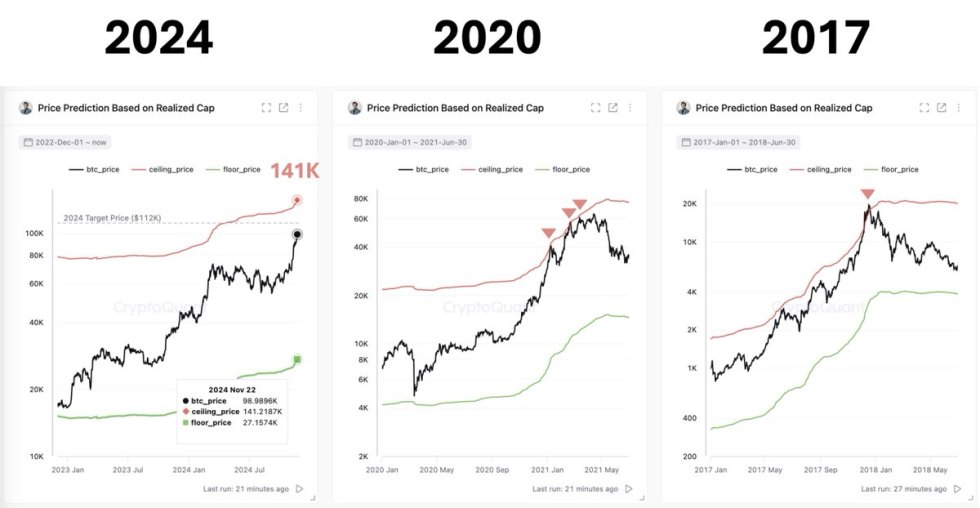

Comments